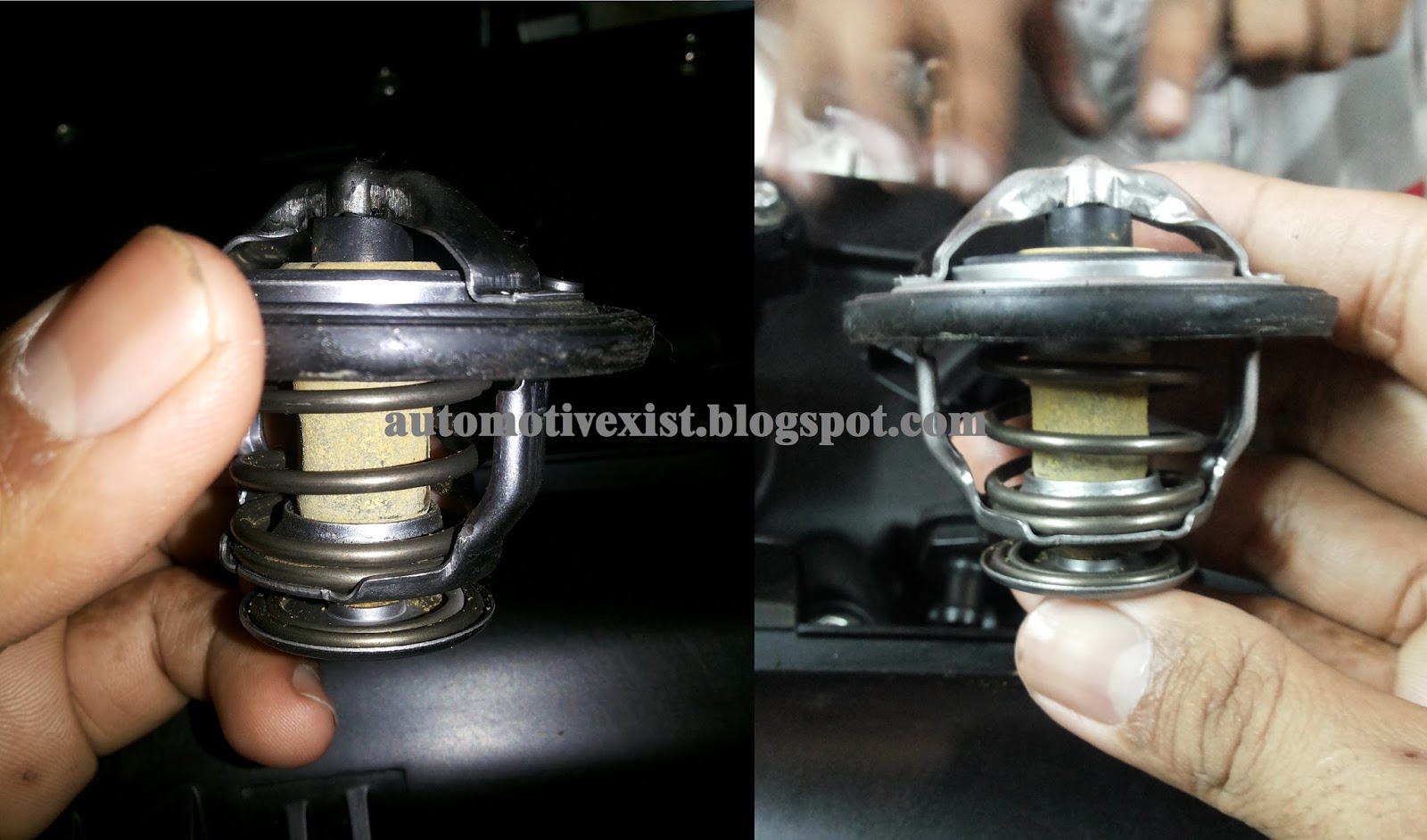The Complete Guide to Choosing the Right Thermostat for Your Bearded Dragon
The Importance of Finding the Right Thermostat for Your Bearded Dragon
Bearded dragons are popular pets for many reasons, including their unique appearance and easy-to-care-for nature. When it comes to providing the best possible environment for your bearded dragon, one of the most important factors to consider is the temperature of their habitat. This is where a high-quality thermostat comes in.
A thermostat is a device that is used to regulate the temperature in your bearded dragon’s habitat. It allows you to set a specific temperature range and ensures that the temperature in the enclosure stays within that range. This is important because bearded dragons are cold-blooded, which means their body temperature is determined by the temperature of their environment. If the temperature is too high or too low, it can have a negative impact on your bearded dragon’s health.
Types of Thermostats for Bearded Dragons
There are several types of thermostats available for bearded dragons. Each type has its own features, advantages, and disadvantages. Here are the most common types:
1. On/Off Thermostat
An on/off thermostat is the most basic type of thermostat. It is also the most affordable. This type of thermostat works by turning the heat source on and off to maintain the desired temperature. It is easy to use, but it may not be suitable for more precise temperature control.

2. Dimming Thermostat
A dimming thermostat is a more advanced type of thermostat. It works by slowly reducing the power to the heat source, rather than turning it completely off. This allows for more precise temperature regulation. However, it is more expensive than an on/off thermostat.

3. Pulse Proportional Thermostat
A pulse proportional thermostat is the most advanced type of thermostat. It works by regulating the amount of power that is sent to the heat source through a series of pulses. This provides the most accurate temperature control. However, it is also the most expensive type of thermostat.
Factors to Consider When Choosing a Thermostat for Your Bearded Dragon
Choosing the right thermostat for your bearded dragon can be a daunting task, especially if you are new to reptile care. Here are some factors to consider when choosing a thermostat:
1. Temperature Range
Make sure that the thermostat you choose has a temperature range that is suitable for your bearded dragon’s needs. Bearded dragons require a basking area with a temperature of around 100-110 degrees Fahrenheit and a cooler area with a temperature of around 80 degrees Fahrenheit. Make sure that the thermostat you choose can maintain these temperatures.
2. Accuracy
The accuracy of the thermostat is another important factor to consider. A thermostat that is not accurate can lead to temperature fluctuations, which can be harmful to your bearded dragon’s health. Look for a thermostat that has a high level of accuracy.
3. Ease of Use
Choose a thermostat that is easy to use and set up. You don’t want to spend hours trying to figure out how to use a complicated thermostat. Look for a thermostat that comes with clear instructions and is user-friendly.
4. Price
Thermostats can vary in price, so make sure that you choose a thermostat that fits your budget. Keep in mind that a more expensive thermostat may provide more accurate temperature control, but it may not be necessary for all bearded dragons.
Conclusion
Choosing the right thermostat for your bearded dragon is crucial for their health and well-being. Make sure that you choose a thermostat that has a temperature range suitable for your bearded dragon, is accurate, easy to use and fits your budget. Whether you choose an on/off, dimming, or pulse proportional thermostat, having a thermostat in your bearded dragon’s habitat will provide the precise temperature control that they need to thrive.
